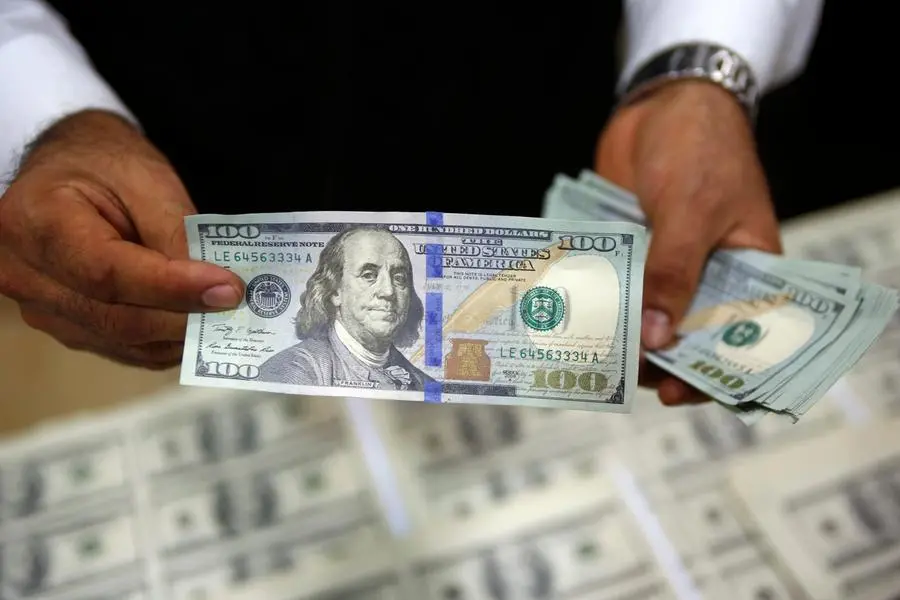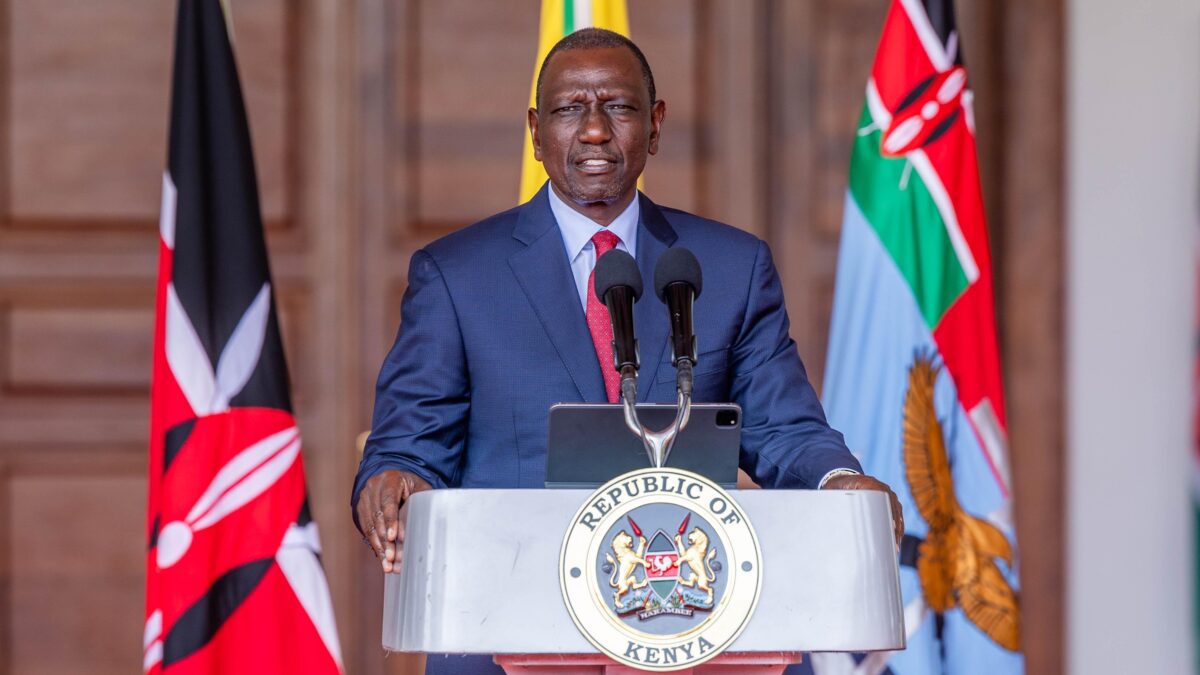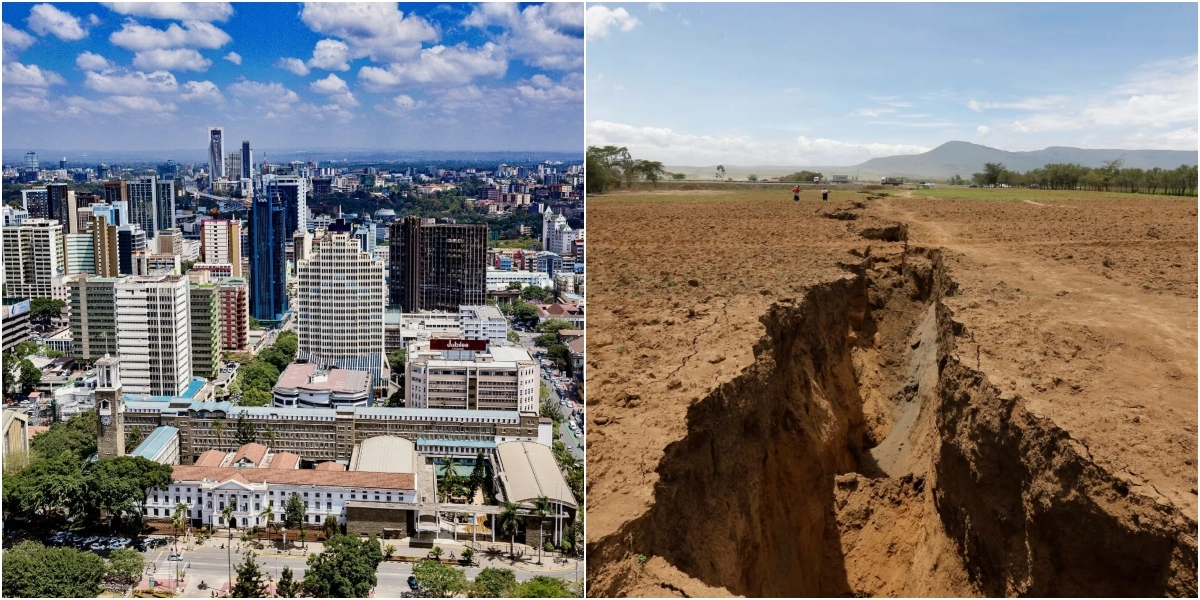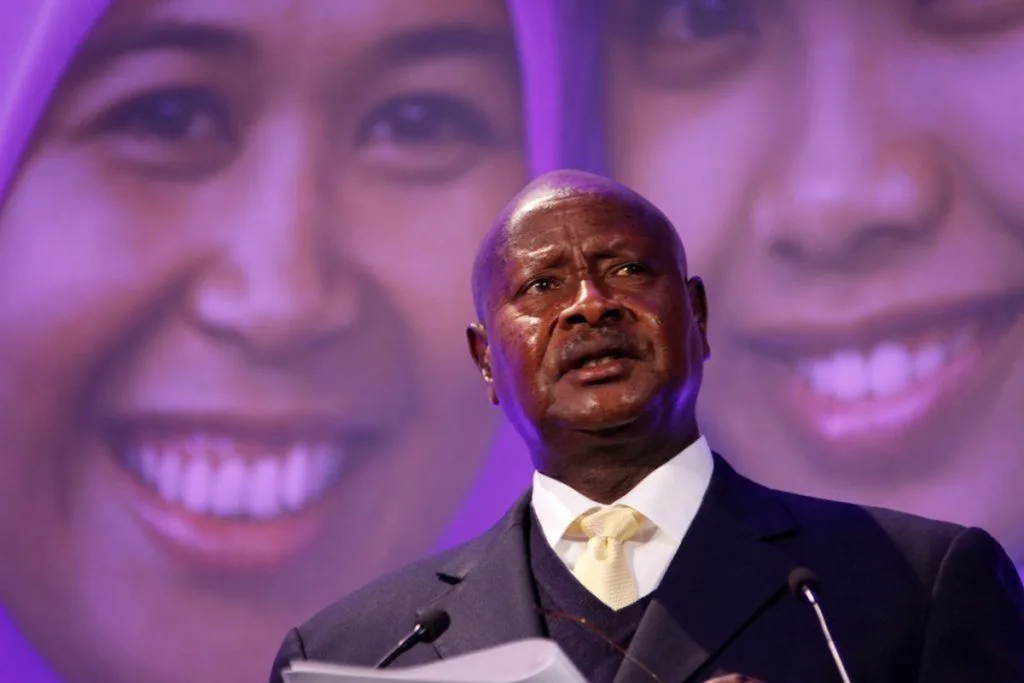The Kenyan shilling has officially dropped to a record low, crossing the Ksh 160 mark against the US dollar.
On Monday, the Central Bank of Kenya (CBK) reported the local currency trading at 160.23 compared to 159.85 at the end of the previous week.
This depreciation trend, ongoing since 2020, is attributed by the CBK to the overvaluation of the shilling.
CBK Governor, Kamau Thugge, acknowledged this issue, revealing that efforts to maintain a strong but artificially valued exchange rate have led to a loss of international reserves.
Read Also: CBK Empowered to Enhance Anti-Money Laundering Laws
US dollar now at a record low retail rate against the Kenyan Shilling of Sh162 https://t.co/17upeZlh3I
— Moe (@moneyacademyKE) January 13, 2024
Thugge highlighted that the World Bank and the International Monetary Fund had considered the shilling to be overvalued by 20 to 25 per cent five years ago.
“I think for several years now, we have had an overvalued exchange rate. We have tried to maintain a fairly strong exchange rate artificially, [but] at the cost of losing international reserves,” CBK governor Kamau Thugge told the Parliament in October.
The consequence of this currency depreciation is reflected in the high cost of living experienced in the country. Importers, passing the extra costs to consumers, have contributed to this economic challenge.
According to the Kenya National Bureau of Statistics (KNBS), the consumer price index (CPI) reached a record high of 137.55 points in December 2023, indicating the increasing costs of goods and services. This surge is a cause for concern, considering the country’s CPI has averaged 45.34 points since 1984.
Last week, Bloomberg’s data ranked the Kenyan shilling as one of the worst-performing currencies on the continent in the previous year. The shilling stood at number seven in Africa, having depreciated by 20.9 per cent against the US dollar.
The Nigerian Naira experienced the steepest decline, depreciating by 55 per cent, emphasizing a broader trend of currency challenges across the continent.
Economic Projections and Challenges
Amidst these challenges, the World Bank presents a mixed outlook. While Kenya’s economy is expected to grow at a faster rate of 5.2 per cent in 2024, boosted by increased private sector investment, there are concerns about the shrinking net domestic borrowing, making room for increased private sector borrowing.
On a broader scale, the World Bank cautions that global growth is set to slow for the third consecutive year, influenced by geopolitical conflicts, the COVID-19 pandemic, and inflation.
Despite this, there’s optimism for East African countries, including Kenya, playing a pivotal role in driving Africa’s prosperity.
Looking Ahead: A Regional Powerhouse
Although Kenya missed the top 20 fastest-growing economies globally, the Economic Intelligence Unit (EIU) identifies East Africa, comprising Ethiopia, Kenya, Uganda, Rwanda, Tanzania, and the DRC, as the most dynamic part of the continent in terms of economic growth.
This optimism stems from projections that the services sector, including travel, tourism, hospitality, transport, logistics, and financial and telecommunications industries, will continue to drive the economies of these nations.
African Economic Resilience
Despite global economic challenges, Africa is poised to be the world’s second-fastest-growing major region in 2024, according to EIU. The continent’s resource-intensive economies and role as a major commodities exporter contribute to this positive outlook.
Africa is expected to benefit from intense competition and high prices for hydrocarbons, mining sector output, and agricultural produce.


































